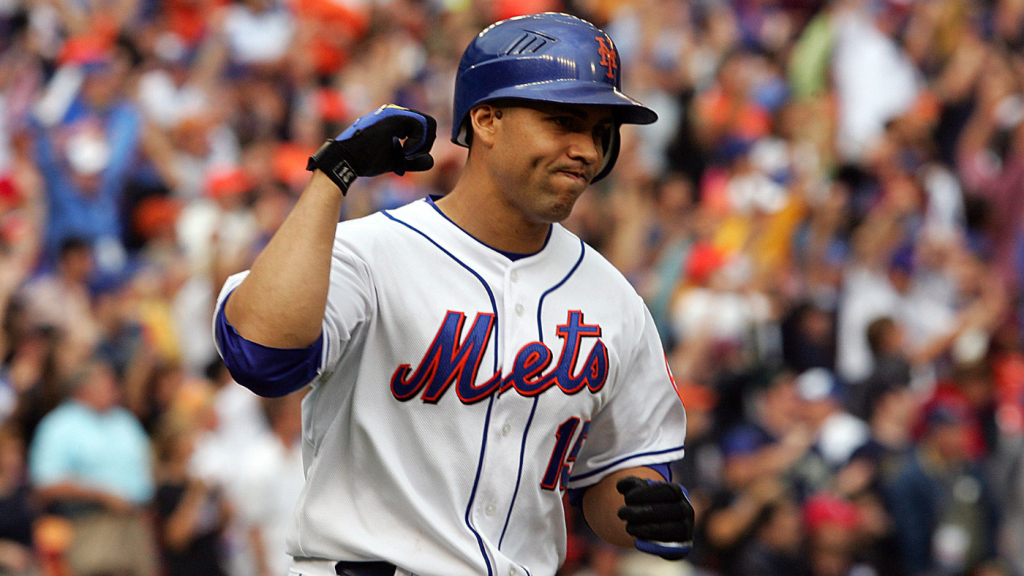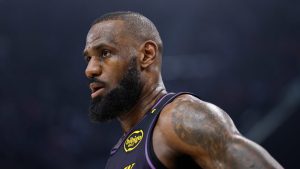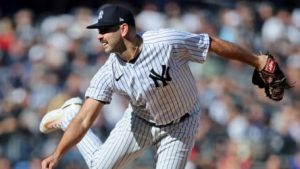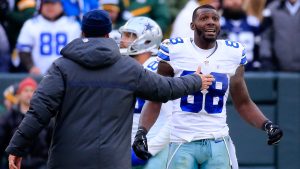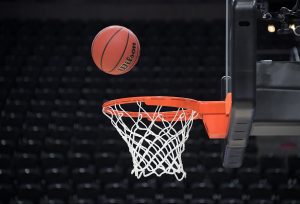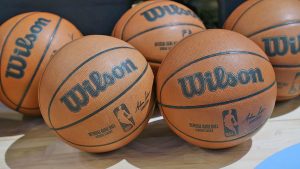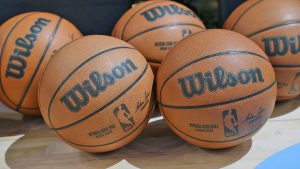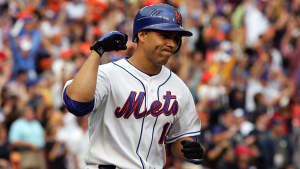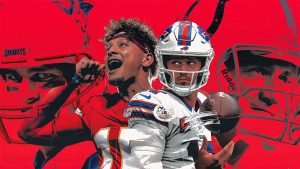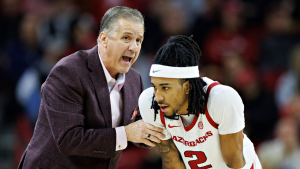Ichiro Suzuki, CC Sabathia and Billy Wagner were elected into Cooperstown Tuesday night
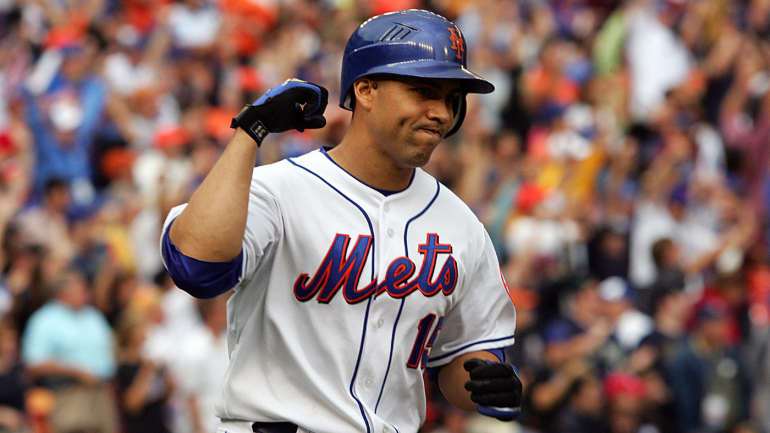
The results of the BBWAA portion of voting for the 2025 Baseball Hall of Fame class were revealed on Tuesday night. Here at CBS Sports, we’ve spent the past two-plus months breaking it down, so let’s put a bow on the 2025 ballot and look forward to what the results mean for 2026 and beyond.
1. Ichiro, CC, Wagner get in!
Before we dive into the rest, the most important thing tonight is giving the proper due the new inductees.
CC Sabathia was an all-time workhorse and finished third in career strikeouts among southpaws. I was worried it might take multiple ballots for him to make it, but that concern turned out for naught. Sabathia flies in easily as a first-ballot Hall of Famer with 86.8% of the vote.
It took 10 tries for Billy Wagner, but one of the greatest closers in baseball history is now a Hall of Famer. After missing by a small handful of votes last cycle, no doubt was left this time with Wagner getting 82.5%.
And Ichiro, of course, was a global sensation who collected over 3,000 hits in Major League Baseball even though he didn’t debut here until his age-27 season. I have no idea how you could ever get a Hall of Fame ballot and not vote for Ichiro, but I don’t think we need to focus on the fact that one person did that. The story is Ichiro, not the non-voter. At 99.7%, he ties Derek Jeter for the second-highest percentage ever after Mariano Rivera’s 100%.
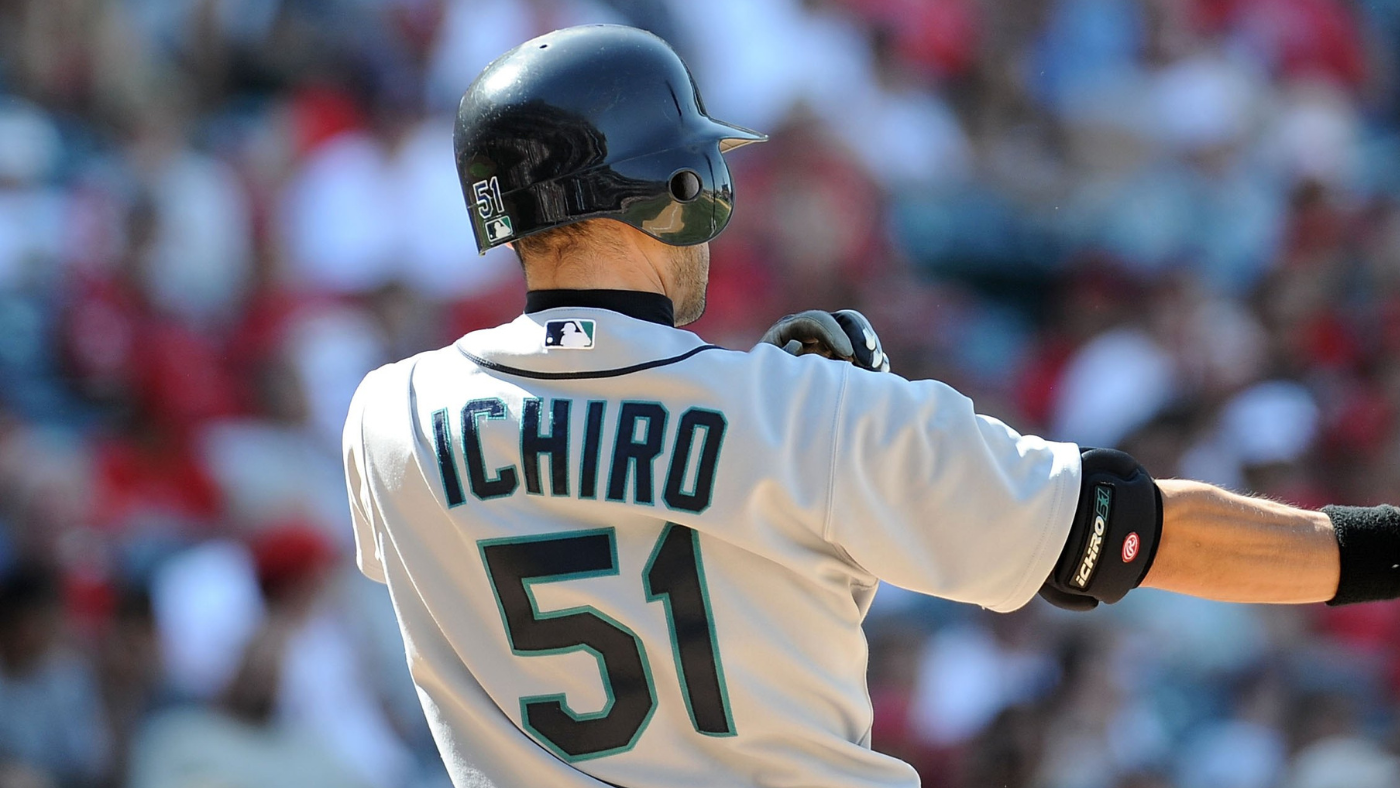
2. Beltrán, Jones inch closer
Carlos Beltrán would already be in the Hall of Fame if not for his involvement with the 2017 Astros sign-stealing scandal, but it seems like he’s on his way. It’s just a matter of if his vote percentage plateaus before he gets to 75%. It’s entirely possible that happens, though his significant rise signals that isn’t likely.
We’ve now seen his percentage go from 46.5 to 57.1 to 70.3 in three years on the ballot. I think this means he’s getting in next year.
Andruw Jones seems to be on a similar rise, though there’s more urgency here and the increase in vote percentage was a bit less encouraging. This was his eighth year on the ballot and while there were double digit jumps in percentage in 2020 and 2021 before a nearly 8 point rise in 2022 and then another monster jump in 2023, the momentum has slowed. Here are the last three years:
2023: 58.1%
2024: 61.6%
2025: 66.2%
Can he keep gaining or will he plateau? And if there are gains, will he get over 75% before his time runs out? To reiterate, this was Jones’ eighth year and he’s only allowed 10. He gained 8.1 percentage points in two years. If he gains 8.1 points again the next two years, that lands him at 74.3%, which won’t cut it.
3. Utley makes modest gain
Chase Utley debuted on the ballot last year with 28.8%, firmly in “could go either way” territory. We’ve seen players debut with a lower percentage make the Hall of Fame and players debut in a similar area only to find themselves on the outside looking in. You’d like to see big gains in his second year to feel good about his chances for induction, generally speaking.
It was a decent jump, but not enough that it made me feel like he’s definitely in good shape. He got 39.8%. Certainly not discouraging at all, right?
I believe next year is a huge one for Utley, probably his biggest on the ballot. Three spots were cleared with no obvious Hall of Famers joining the ballot next year (we’ll get to that). The two players above Utley among returnees have strikes against them (the scandal on Beltrán and a domestic violence arrest for Jones). It’s the type of circumstance that could create a wave of new support for Utley. We’ll find out in about a year.
4. Some starting pitching momentum?
We’ve discussed in these parts multiple times that perhaps the existing standard for Hall of Famers among starting pitchers should be relaxed — in terms of counting stats like wins, innings pitched, WAR, etc. — in light of the way pitching is handled differently these days. Well…
Sabathia got in easily in his first try.
Andy Pettitte took a nice leap forward from 13.5% to 27.9%. It’s his seventh year on the ballot, so I’m not sure he has a realistic chance to make it, but the headway being made here remains notable.
Mark Buehrle’s jump forward was much smaller, going from 8.3% to 11.4%, but, again, it’s more about the shift as we move forward.
On that front, Félix Hernández debuted on the ballot with 20.6% of the vote.
I think this was a good sign for Félix himself, but also for pitchers soon to join the ballot who might fall somewhere in the ballpark of Pettitte, Buehrle and/or King Félix, such as Cole Hamels, Jon Lester, Adam Wainwright, Corey Kluber and Madison Bumgarner.
5. Not happening for A-Rod, Manny, Vizquel
The connections to PEDs via suspension for Alex Rodríguez and Manny Ramírez continue to hold them back while Omar Vizquel’s case, in part, was irreparably damaged by allegations a few years ago.
A-Rod rose from 34.8% to 37.1% here in his fourth year and that’s not enough of a gain to feel positive about his chances.
Manny continues to flounder, getting 34.3%, which is a high mark for him, though barely one percentage point above his previous high.
Vizquel rose to 52.6% before the allegations hit. He fell to 17.7% of the vote last year and got 17.8 this year, which is tantamount to stagnation in this, his eighth year on the ballot.
We’re playing out the string with Manny and Vizquel and it seems like A-Rod is in a similar boat.
6. Does Wagner’s inclusion boost K-Rod?
It took Wagner 10 years to make the Hall of Fame because the standard for relievers is much higher than any other position (you could argue it’s not even a separate position from starting pitcher, but I digress). No reliever had previously gotten in with fewer than 1,000 innings pitched. Wagner threw 903 across his career.
With Wagner finally getting in, it’s worth wondering if there will be impact on Francisco Rodríguez’s vote moving forward. He had a higher career workload than Wagner with 976 saves and saved more games with 437 (Wagner had 422 saves). There’s more to the case than that, obviously, but it’s worth mention.
K-Rod’s vote percentages so far in three years: 10.8%, 7.8%, 10.2%.
7. No obvious momentum toward induction
Rapid-fire time!
- Bobby Abreu got 19.5% of the vote in his sixth year on the ballot. This is his highest number, as he hit 15.4% in 2023 and 14.8% last year. Being short of 20% in his sixth year isn’t cause for celebration, though. It’s incredibly difficult to pull off a Larry Walker.
- Jimmy Rollins was on the ballot for the fourth time this year and got 18% of the vote. That’s up from 14.8% last year. He’s making progress, but it’s small.
- Dustin Pedroia debuted with 11.9% of the vote this year. Hey, double digits ain’t bad, but he’s clearly behind Utley in the minds of the voters.
- David Wright debuted at 6.2% last year and rose to 8.1% this year. Again, rising is good, he’s just so far away and that’s such a small increase.
- Torii Hunter is on his fifth ballot and fell from 7.3% to 5.1%. He survived the cut by one vote.
8. Happy trails
Every returnee survived to the next ballot.
Among first-timers, the following players got some support, but not enough to stay on the ballot: Ian Kinsler (2.5%), Russell Martin (2.3), Brian McCann (1.8), Troy Tulowitzki (1), Curtis Granderson (0.8), Adam Jones (0.8) and Carlos González (0.5).
The following players did not receive a single vote, though it must be noted that just getting on the Hall of Fame ballot is an accomplishment in and of itself: Hanley Ramírez, Fernando Rodney and Ben Zobrist.
9. Next year’s newcomers
Cole Hamels is the big name coming onto the ballot for the first time next year, meaning there are very likely no first-ballot Hall of Famers like CC and Ichiro this time around. I broke down the possible first-timers elsewhere, but the biggest takeaway with such a relatively lackluster group is the extra opportunity for the holdovers.
Remember, each voter is only allowed 10 spots and some of them wish they had more. Clearing three players off the ballot and adding no sure things means extra spots for some of the other holdovers. Also, whether right or wrong in your opinion, there are some voters who artificially cap themselves at five or even three votes. Again, clearing out obvious Hall of Famers and adding none means extra room for holdovers.
In theory, this should help the chances in the next few years for players like Beltrán, Jones, Utley, Abreu and the starting pitchers, notably Félix Hernández with his nice debut. I didn’t include A-Rod or Manny because it seems obvious that the issue with them has nothing to do with open ballot spots.
